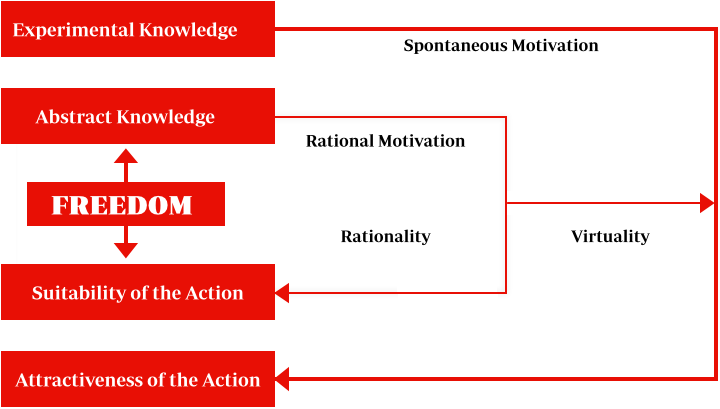A few weeks ago I saw Inside Out, the latest film from Pixar, which premiered in June. Inside the head of the protagonist, a young girl named Riley, five emotions—Joy, Sadness, Anger, Fear and Disgust—act as the governing body responsible for the decisions she must make in her life.
The premise of Inside Out is to make something tangible out of the psyche or emotional reality of a person. It also shows established behavior structures called “islands of personality“: Family Island, Friendship Island, Honesty Island, Goofball Island and Hockey Island. Off in the distance, separated by an abyss traversed by the train of thought, we see long-term memory, imagination, the film studio where dreams are manufactured and the subconscious.
To be as consistent as possible with what science has discovered about emotions, the film’s director, Pete Docter, sought the collaboration of two scientists, Dächer Keltner of the University of California, Berkeley, and Paul Ekman of the University of California, San Francisco. They give the disclaimer that humans have far more than five emotions, but admit it would have been impossible to tell a story with so many characters.
The impact of emotions on decisions
What Inside Out shows is the impact of emotions on our thoughts and decision making. Some scientists felt that the film should not have left out logical reasoning, one of the actors in the decision-making process. In the movie it is portrayed as a train of thought, which winds through Riley’s head with facts, opinions and memories, but does not affect that governing body driven by emotions.
It is still a challenge to integrate the mind and heart or develop an intelligent heart . Juan Antonio Pérez López, in his book Fundamentos de la Dirección de Empresas (Fundamentals of Business Administration), explains how abstract knowledge complements experimental knowledge, and empowers us with freedom to not always act on spontaneous motivation (fueled by experimental knowledge and emotions).In this respect, freedom is the key player in decision making, which can use rationality (the first factor that inspires freedom) and choose what is best. By doing what we perceive to be the best choice, we are using virtuality (second factor through which freedom is exercised), and it is increasingly easier to make the decision that best suits us, since that action simultaneously becomes more attractive to the decision maker. Here’s the graph on the concept of motivational dynamism explained in the book by Pérez López:
Inside Out also received some criticism in relation to memory. In the movie, memories are replayed by the protagonist as an untouchable video, while scientists say that memories are unreliable, and that we can manipulate them and insert memories of things that never happened.
According to Facundo Manes, director of the Institute of Cognitive Neurology (INECO) in Buenos Aires, “If I feel jealousy, admiration, resentment or anger, I cannot change my instinctive emotional reaction, but I can modulate the consequences of that reaction. We can change the way we think to change the way we feel. That is part of what cognitive therapy does: I cannot change reality, but I can change how I respond to it.”
I also liked Inside Out for its humorous portrayal of the differences between the male and female psychology, and the value it places on sincerity as a fundamental component of personality—without it “the train of thought” falls, which happens when the protagonist starts to lie—because it stresses the importance of not confusing facts with opinions and because it underlines the need for affectionate family bonds and friendship to shape our identity.




Hello Nuria,
I haven’t watched the movie yet but I am completely agree with the conection between emotions and decisions making. Every day you can realize how it affects you, but the most important and difficult thing is how can you manage it. It’s a challenge that we should work on it every day.
Thanks for sharing!
Regards,